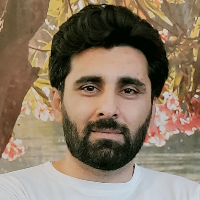Spatial analysis of factors affecting the restoration of dilapidated structures in Ghaemshahr (with the approach of evaluating government support policies)
The central and old texture of cities, which were once the most important and best residential neighborhoods of cities and due to the presence of human communities today have many historical and memorable elements, has now suffered from inefficiency. Rehabilitation of worn-out structures can enhance the physical value and increase the desire of citizens to live in it. In this research, which is a survey that is done as a branch of descriptive research, statistical block tools and burnout articles and books, which is the most reliable data collection tool, have been used to collect information. Investigation of environmental system and appropriate indicators to identify urban worn-out textures using planning models (ahp) Neighborhoods have been introduced as worn-out textures. These indices including fineness, instability and impermeability in the textures of Ghaemshahr city have been refined and studied and each of them has been considered as a criterion for approaching worn-out urban textures. Worn-outs have been identified and introduced, and as a result, by supporting the indicators for improving and renovating these tissues, the necessary suggestions have been made to eliminate and prevent the non-worn tissues from being produced.
Worn Tissue , Supportive Policy , AHP , GIS , Ghaemshahr
-
Measuring social participation in the development of the tourism industry and its application in urban planning literature (Case Study: Sari City)
Seyed Hassan Rasouli*, Haniyeh Yazarloo, Javad Pouriani, Saba Khamsei
Journal of Society and Politics, -
Measuring sustainable transportation indicators with an environmental approach(Case study: Sari city)
Sadegh Seidbeigi, Alireza Mahdavi *, Hasan Rasoli, Arezo Jamshidi
Journal ofof Regional Planning,


